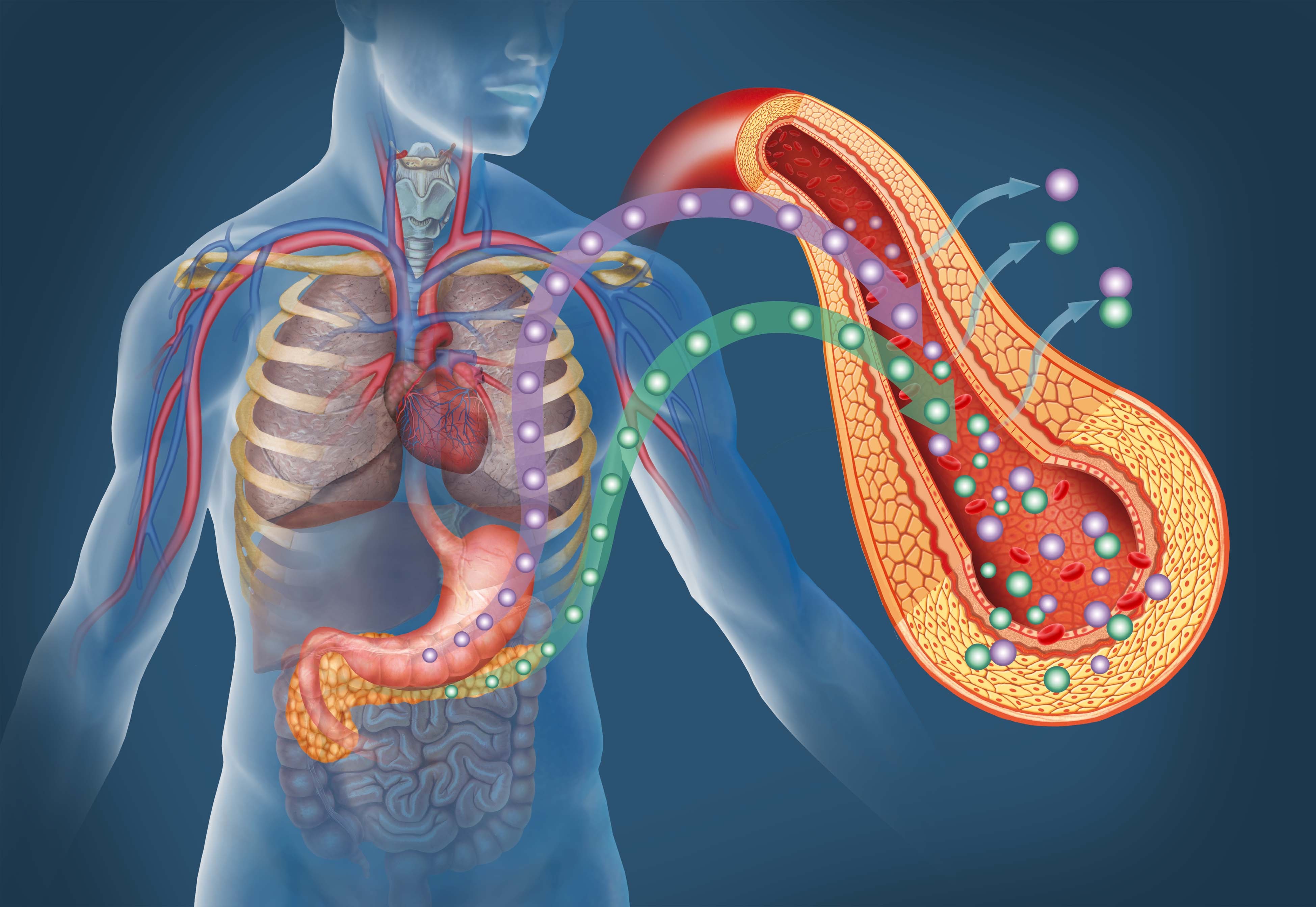In a new study entitled “Inhibition of hyaluronan synthesis restores immune tolerance during autoimmune insulitis” researchers at Stanford University discovered that deposits of a substance called hyaluronan to the pancreas precedes the development of autoimmune type 1 diabetes, and that inhibiting hyaluronan synthesis with a drug already used in humans halted diabetes progression. The study was published in the Journal of Clinical Investigation.
A team of scientists at Stanford University School of Medicine has recently shown that deposits of the extracellular matrix polysaccharide hyaluronan (HA) are commonly a characteristic of autoimmune insulitis (the infiltration of immune cells into particular regions of the pancreas of recently diagnosed type 1 diabetes patients, less than a year). However, the contribution of such deposits to type 1 diabetes onset is unknown.
Now, scientists used a drug to block HA buildup in two transgenic mouse models for type 1 diabetes – in one model immune cells attack pancreatic beta cells, while the second model resembles more human type 1 diabetes features. They discovered that in both models, HA deposits are restricted to pancreatic islets that are damaged by immune cells, and no accumulation was observed in other tissues (including the liver, lungs or heart). Therefore, HA accumulation occurs only in inflamed tissue areas and is thus associated with the development of insulitis. Blocking HA buildup protected the pancreas insulin-producing cells (beta-cells) from damage. Most importantly, mice treated with this inhibitor of HA synthesis had an impaired progression towards developing diabetes after the onset of insulitis. The drug is called hymecromone, or 4-methylumbelliferone (4-MU).
The team performed further studies and discovered that HA accumulation disrupts the function of another set of important immune cell regulators, the Tregs cells, whose function is to control the responses of T cells and prevent their action from damaging healthy tissues. Treatment with 4-MU re-establishes Tregs presence to prevent beta-cells destruction.
Hence, the authors suggest that such a treatment (actually, the drug used to block HA is already used in humans in Europe and Asia but to treat a different condition, gallstone-related spasms) may possibly prevent type 1 diabetes in humans. The drug would have to be administered before misguided immune cells attacks beta-cells. The teams’ findings are the first reporting of a link between alterations to the architecture of the extracellular matrix (the complex mixture of molecules that give structural and biochemical support to cells) and type 1 diabetes.


